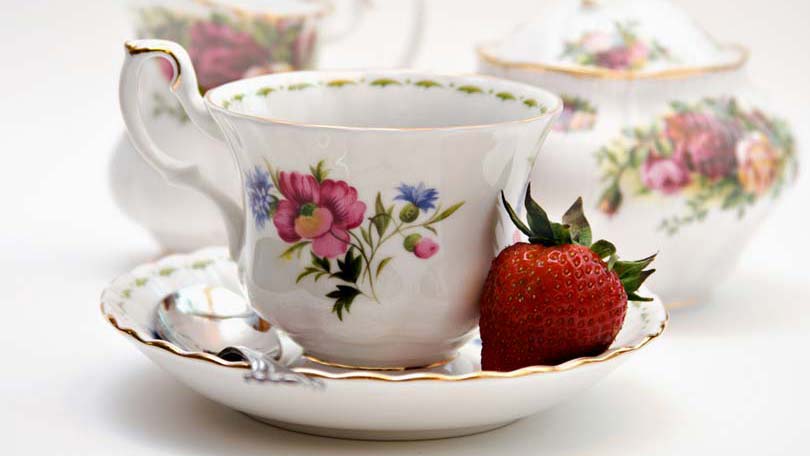
Though few people have actually heard of white tea, this unique tea is destined to become the next biggest thing in health teas. Apparently, the Chinese have known about the wonderful properties of white tea for more than 1,000 years. Now, the rest of the world is becoming acquainted with this most pure of teas.
What is White Tea?
White tea is the least processed of all teas on the market. The only processing performed on these beautiful silver buds and leaves is steaming and drying. Because processing is kept to a minimum, white tea contains many more nutrients than either black or green tea, which is why herbalists and other health gurus are proclaiming it to be the ultimate health tea.
White tea gets its name from the silvery white hairs on the unopened buds of the tea plant and is actually quite pretty when brewed. Most describe it as having a light, delicate taste with no bitter aftertaste. It’s slightly sweet as well, eliminating the need to add excess sweeteners like sugar. White tea also has less caffeine than either the black or green varieties.
History of White Tea
Though tea has been a popular drink for more than 5,000 years, white tea didn’t become a fad until during China’s Song Dynasty, which occurred between the years 960-1279. It is said that this pure white tea was a favorite of several emperors, including Hui Zong, who served from 1101-1125 and was obsessed with finding the perfect tea.
A special tea ceremony, which became known as the Song Tea Ceremony, accompanied this silvery tea powder ground from white buds and leaves. It became the inspiration for the Japanese tea ceremony still practiced today.
At the end of the Song Dynasty, however, white tea was considered passé and was abandoned in favor of other loose leaf teas. It wasn’t until the end of the 19th century that white tea once again became fashionable in China and it was only recently introduced to Europe and North America.
Making White Tea
If you’ve already purchased or shopped for white tea and wonder why it’s so costly, the answer is in the harvesting. Plants that produce white tea buds and leaves must be carefully tended for a number of years before they even produce their first crop.
Once they’re ready to be harvested, the time and work involved is great. Each spring, white tea buds must be picked by hand and only some leaves will be chosen for the honor of becoming this unique tea. Harvesting weather must be ideal, with no rain or frost.
After picking, the white buds and leaves are steamed and dried at a slow pace. The leaves remain unrolled and will only be slightly oxidized.
The leaves will then be fashioned into several different types of white tea, with the main varieties most often known as Silver Needle, White Peony, Long Life Eyebrow, and Tribute Eyebrow. Sub-varieties of those four types may also be available, and many are named after the region in which they are grown.
Preparing White Tea
Most white tea will be purchased in loose leaf form rather than tea bags. If you’re preparing a single cup of white tea, use about 2 teaspoons per cup. Brew the leaves in very hot – but not boiling – water for about 3 to 5 minutes. White tea can be re-brewed for a 2nd cup. As a matter of fact, some experts recommend it, noting that you’re more likely to garner all the nutrients from the leaves if you brew them twice.
Health Benefits of White Tea
Of all the teas available, white tea – because it is the least processed – has the highest number of antioxidants. These antioxidants fight against certain cancer-causing cells and are said to help stave off such cancers as the colon, prostate, and stomach varieties.
It’s also believed that white tea thins the blood, lowering blood pressure and cholesterol as well as the risk of heart attack and stroke. Herbalists claim that white tea is also a natural killer of bacteria and viruses and can strengthen the immune system, helping individuals avoid colds and flu. White tea’s attack on free radicals also help keep skin healthy and lessen the affects of aging.
